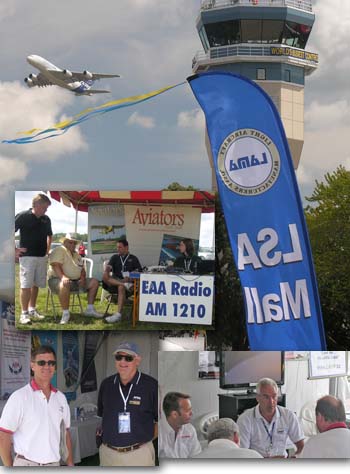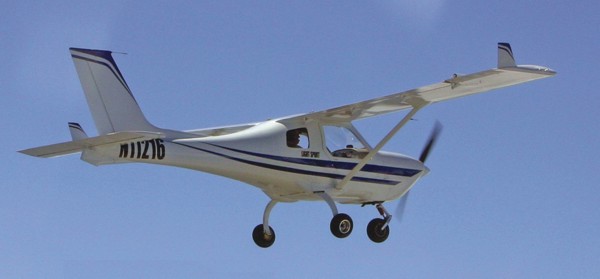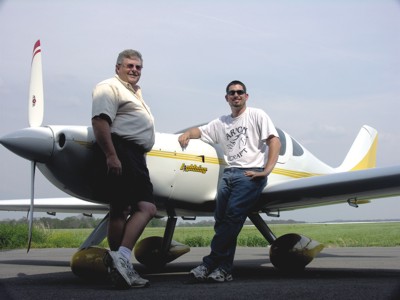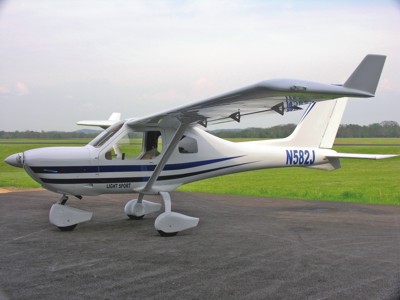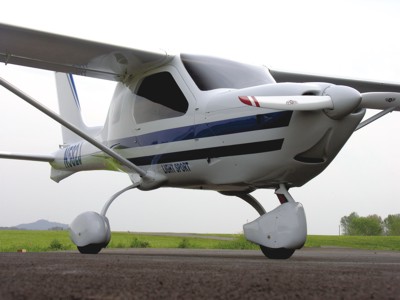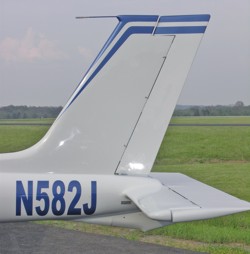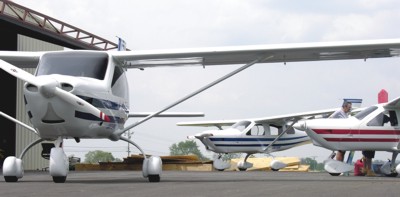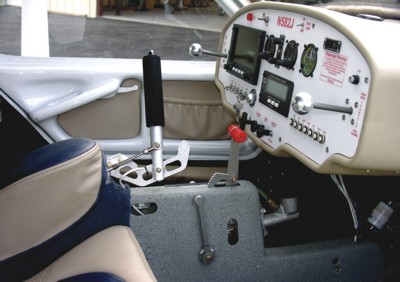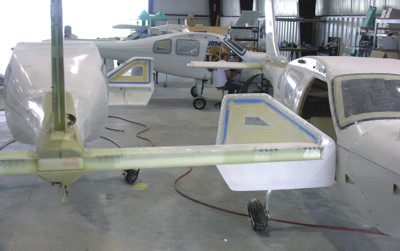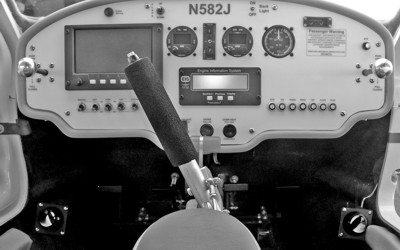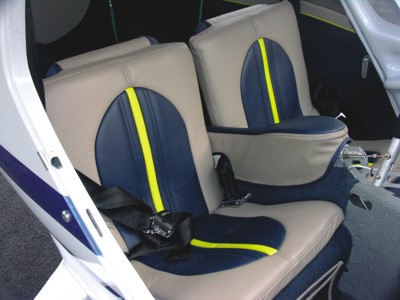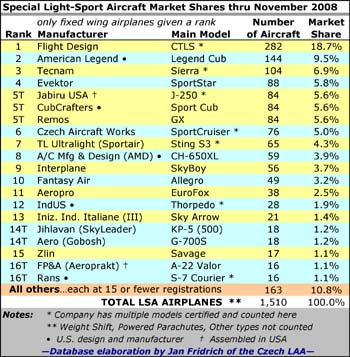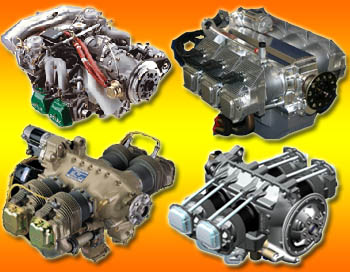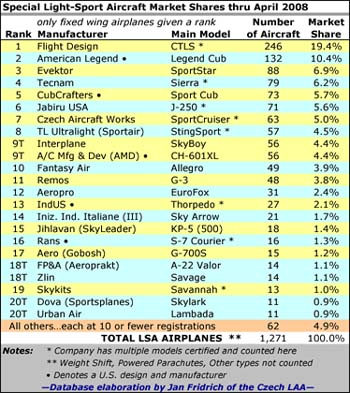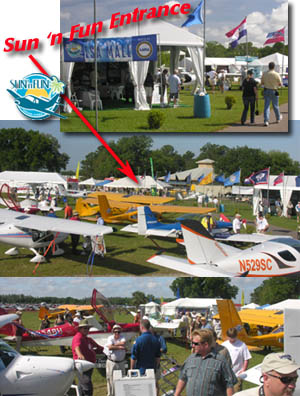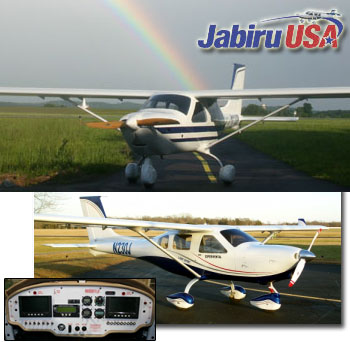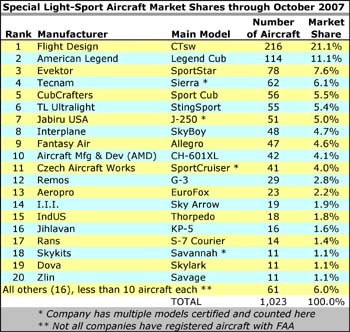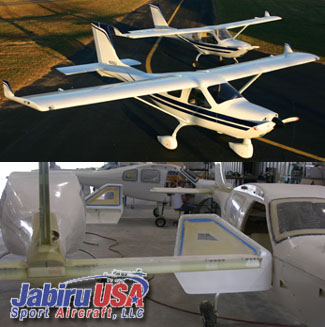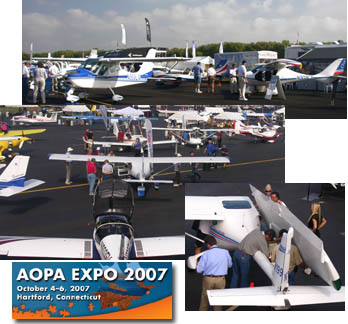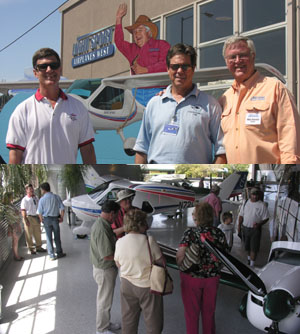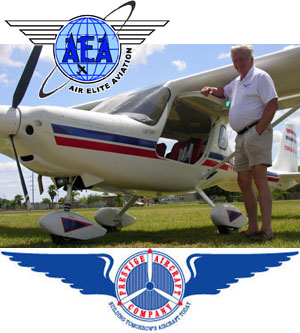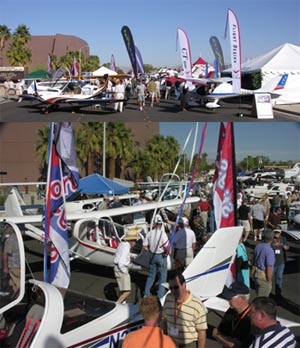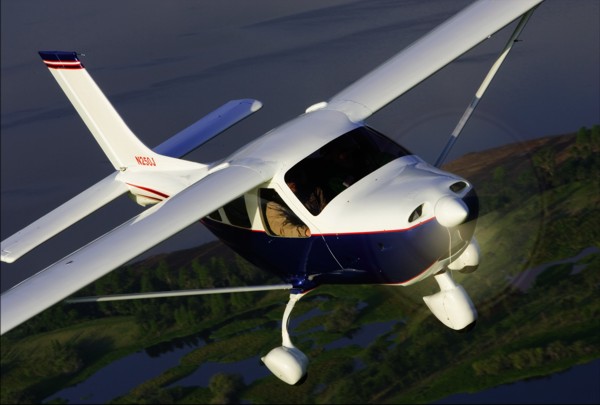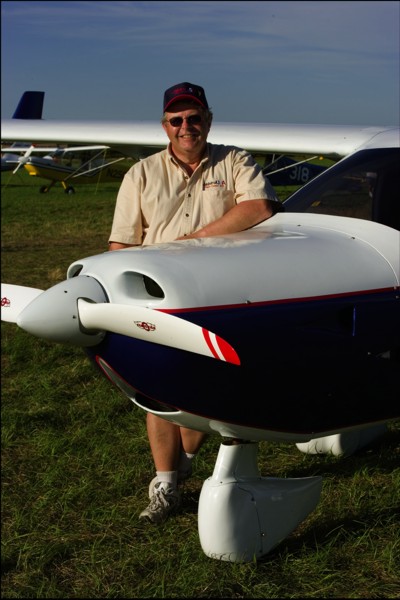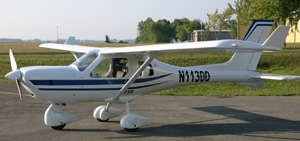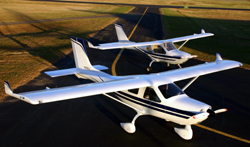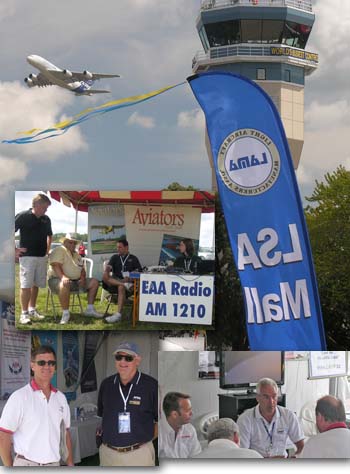
Viewed from the LSA Mall, AirVenture 2009 was much more than the summer’s big celebration of flight. Several important events tell a story of growing acceptance of LSA. Here’s a short list: LAMA hosted a meeting of G10 (the 10 largest LSA producers) and another of G5, while paying visits to every LAMA member in attendance. *** At the G10 meeting and again at LAMA’s press conference, Avemco president Jim Lauerman detailed his company’s support (in writing) for LAMA’s audit activities. His expressions were corroborated by Falcon Insurance VP Bob Mackey. *** Earl Lawrence, VP of government relations for EAA, brought brand new FAA administrator Randy Babbitt to the LSA Mall, where he met with presidents of LSA companies: Flight Design, Tecnam, Remos, and IndUS. *** At AOPA’s invitation, LAMA arranged a meeting for several LSA industry leaders with new AOPA president Craig Fuller.


